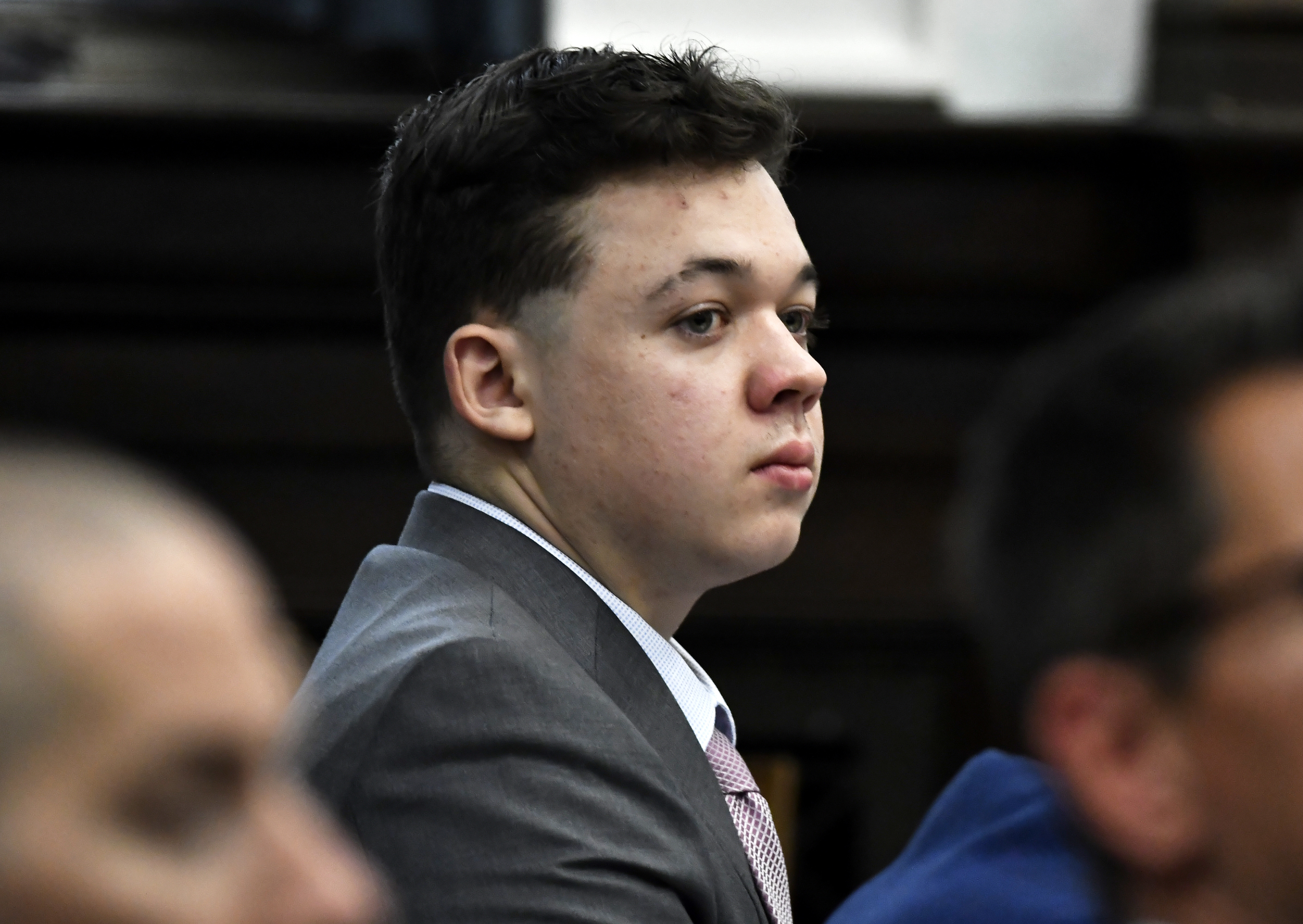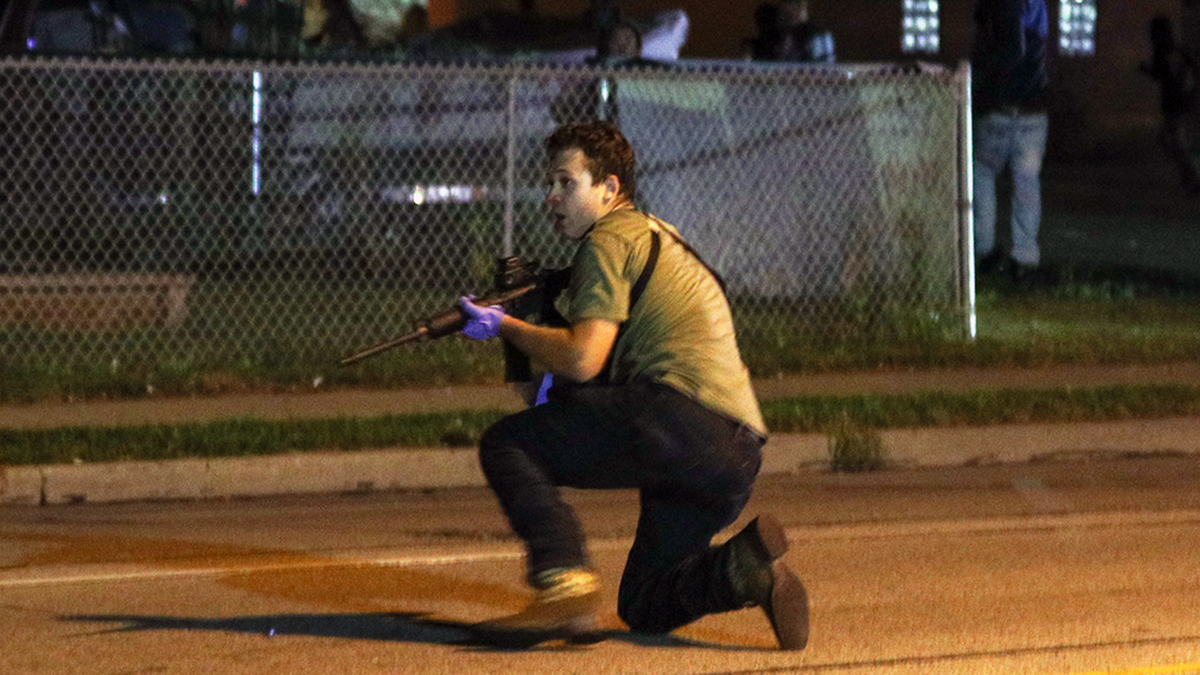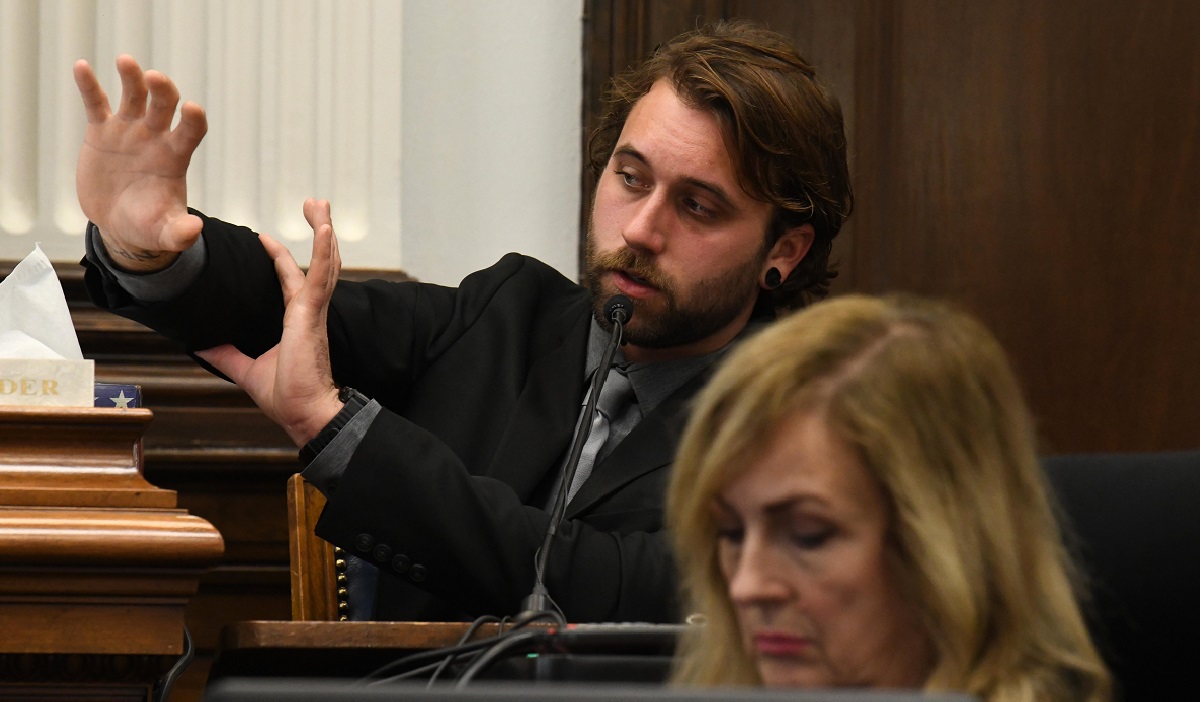Kyle Rittenhouse took the stand during his murder trial, but his testimony was briefly halted as the teen began to discuss the moments he first fired his gun on Aug. 25, 2020 during Kenosha unrest.
Rittenhouse began his testimony by discussing the start of the summer evening that ultimately turned deadly, stating that he had gone to the area to offer medical aid.
Immediately after he was called to the stand, Rittenhouse was asked “Did you come into downtown Kenosha looking for trouble?”
"No," he replied.
Rittenhouse testified that he lent his bullet proof vest to a friend because he thought he wouldn’t need it as he would be “helping people.” He said the vest was issued to him by the Grayslake Police Department, where he was an explorer.
LIVE COVERAGE: A live feed of Kyle Rittenhouse's murder trial is available when court is in session.
Rittenhouse stated there was no friction between himself and other protesters that evening, except for “the man who said he would kill me twice.” That man was identified by Rittenhouse as Jospeh Rosenbaum, who was among those killed by Rittenhouse later that evening.
Rittenhouse testified that Rosenbaum threatened to “cut his heart out.”
Moments later, an emotional Rittenhouse broke down into tears as he describes the moments before he shot Rosenbaum. He became unable to speak without crying.
Feeling out of the loop? We'll catch you up on the Chicago news you need to know. Sign up for the weekly Chicago Catch-Up newsletter.
The judge then halted proceedings for a 10-minute break.
Rittenhouse's testimony comes on the second day since the defense began its case.
The defense called its first witnesses to the stand Tuesday after the prosecution rested following more than five days of witness testimony, some of which appeared to reinforce Rittenhouse's self-defense claim.
Rittenhouse, now 18, killed two men and wounded a third during a night of turbulent demonstrations against racial injustice in Kenosha in the summer of 2020.
The former police youth cadet from Antioch, Illinois, had gone to Kenosha with an AR-style semi-automatic rifle and a medical kit in what he said was an effort to protect property from the damaging protests that broke out over the shooting of Jacob Blake, a Black man, by a white Kenosha police officer.
While Rittenhouse is white, as were those he shot, the case has stirred debate over vigilantism, the right to bear arms and the unrest that erupted around the U.S. that summer over the killing of George Floyd and other police violence against Black people.
Wisconsin’s self-defense law allows someone to use deadly force only if “necessary to prevent imminent death or great bodily harm.” The jury must decide whether Rittenhouse believed he was in such peril and whether that belief was reasonable under the circumstances.





